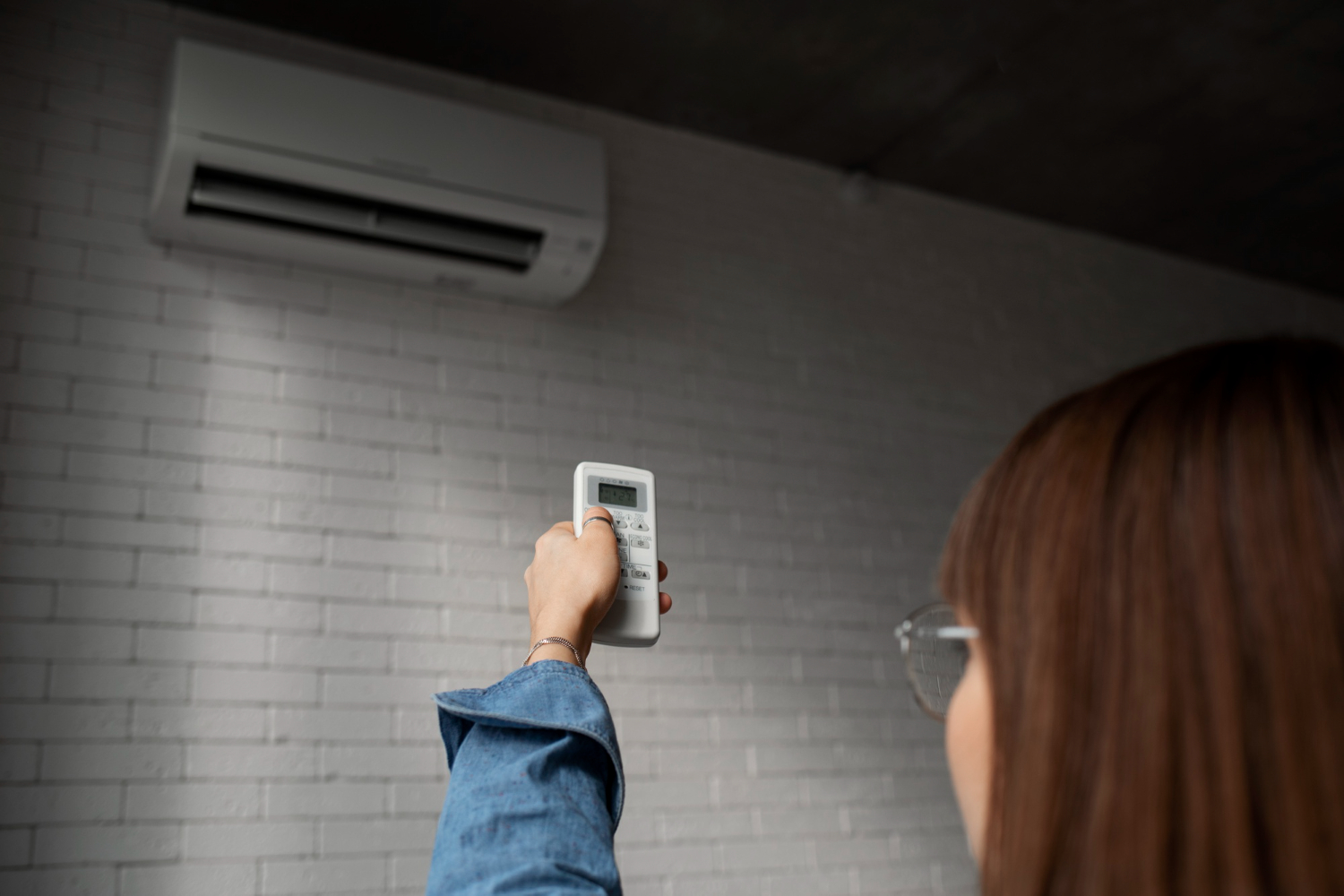
Key Takeaways:
- Understanding the right time to consider an air conditioner replacement for better cooling efficiency.
- Tips on maintaining and improving your current air conditioning system for peak summer performance.
- Innovative and eco-friendly methods for reducing indoor temperatures naturally.
- Home improvement suggestions for enhancing energy efficiency and cooling capabilities.
- Behavioral adjustments that contribute to a cooler and more comfortable home environment.
Table of Contents:
- Assessing When to Upgrade Your Air Conditioner
- Optimizing AC Performance for Maximum Efficiency
- Exploring Alternative Cooling Solutions
- Improving Your Home’s Energy Efficiency
- Behavioral Changes to Keep Your Home Cool
Table of Contents
Assessing When to Upgrade Your Air Conditioner
With summer here, keeping your home comfortably cool becomes a priority. An efficient air conditioning system is central to achieving this goal. Knowing the signs you should replace your air conditioner is vital in maintaining a comfortable and energy-efficient home. Neglecting these signs can lead not only to a less comfortable home but also might result in higher utility bills and a more significant carbon footprint.
While it’s common for AC units to have a lifespan of 10 to 15 years, multiple factors such as maintenance history, usage patterns, and even local climate can affect this expectancy. Persistent issues such as insufficient cooling, unusual noises, or escalating repair costs signal that it’s time to consider an upgrade. Recent models are more reliable and come with advancements such as programmable thermostats, variable speed motors, and improved refrigerants, which collectively contribute to superior energy savings and cooling performance.
When evaluating your air conditioner’s future, don’t just think about repair costs. Research the latest in cooling technology, and be sure to look into available tax credits and manufacturer rebates that can make upgrading your system more affordable. Professional advice can be crucial here; a licensed HVAC specialist can provide a detailed assessment of your current system versus the benefits of a new installation, helping you make an informed decision.
Optimizing AC Performance for Maximum Efficiency
For homeowners whose air conditioners are still far from retirement, getting the most out of your current system requires diligent maintenance and intelligent use. Regularly replacing or cleaning your AC’s air filter is a simple yet crucial task that can prevent a significant drop in performance. Clogged filters impede airflow and can strain your system unnecessarily, possibly leading to premature failure. In high-use seasons, exceptionally in summer, checking and replacing the filter monthly can make a notable difference.
Annual inspections and servicing are a homeowner’s best defense against unexpected breakdowns. Trained technicians can thoroughly check everything from the condenser and evaporator coils to electrical components and the thermostat. Services may also include ductwork inspection to identify leaks or blockages that reduce efficiency. Beyond the professional upkeep, you can make your AC unit’s job easier by improving your home’s insulation, using programmable thermostats smartly, and making use of ceiling fans to promote air circulation and provide a cooling effect that could allow you to set the thermostat a few degrees higher without discomfort.
Furthermore, consider adjusting your AC’s temperature settings to decrease energy use during peak hours or when no one is home. This doesn’t mean switching off the AC entirely, as returning to an overly warm home can result in the AC working harder and using more energy to cool down the space. Instead, a modest increase in thermostat settings can maintain a balance between conserving energy and keeping your home comfortable.
Exploring Alternative Cooling Solutions
The scope should extend beyond traditional air conditioning when seeking ways to cool your home. Passive cooling strategies, such as ensuring good ventilation, can significantly impact the process. For example, creating cross-ventilation by opening windows on opposite sides of the house early in the morning or late evening when the outside air is cooler can help expel built-up heat. Additionally, using fans strategically to create a draft can offer relief from the heat and reduce reliance on air conditioners.
Effective window treatments can prevent the greenhouse effect inside your home by blocking the hot sun rays—thermal blackout curtains, sunshades, and UV-blocking window films are all options to explore. Landscaping can also play a surprising role in your home’s temperature. Deciduous trees, for example, can provide shade during the summer while allowing light and warmth during the winter when they shed their leaves. Geothermal cooling systems offer an advanced, albeit more costly, alternative to traditional air conditioning. Using the earth’s relatively constant temperature below the surface, these systems can heat and cool your home more efficiently.
If you’re geared towards sustainability, investing in a green roof or white-painted roofing can reflect sunlight and absorb less heat, leading to a naturally more relaxed living space. Also, consider using awnings or pergolas, as these structures provide shade and can reduce the heat gain through windows. When these solutions are used with other methods, the overall impact on your home’s climate can be striking.
Improving Your Home’s Energy Efficiency
Enhancing your home’s energy efficiency benefits your wallet and the environment. A professional energy audit can offer detailed insights into where your home loses energy and what steps to take to rectify these shortcomings. This process might reveal a need for better insulation, uncover hidden drafts, and identify inefficient appliances contributing to excess heat and energy consumption.
Embracing LEDs over traditional light bulbs is an easy change that makes a difference since LEDs operate at cooler temperatures and draw less power. Upgrading to Energy Star-rated appliances can decrease your home’s internal heat load. Moreover, simple fixes like repairing seals on refrigerators and ensuring your oven door closes tightly can prevent small heat sources from working against your cooling efforts.
Substantial investments like installing thermal windows or a cool reflective roof may seem daunting, but they’re upgrades that pay dividends in the long run. They may lead to a comfortable home, independently of your AC, with consistent temperatures throughout the year. These are longer-term infrastructure changes that homeowners should consider for their cooling benefits and overall energy savings across all seasons.
Behavioral Changes to Keep Your Home Cool
Your daily habits have a meaningful effect on the temperature inside your home. Adjusting your cooking schedule to earlier in the morning or later in the evening can prevent heat accumulation during the day. Even in standby mode, electronics can generate a surprising amount of heat, so turning them off when not in use limits this effect. By being mindful of when and how you use heat-generating appliances, you can contribute to a cooler indoor environment without cost.
Using exhaust fans in the kitchen and bathroom can expediently remove heat and humidity generated by cooking and showers. They play a crucial role in managing indoor temperatures and air quality. Simple measures like ensuring the use of exhaust fans, shutting blinds or curtains during peak sunlight hours, and keeping doors closed between air-conditioned and non-conditioned spaces can bolster your home’s coolness effectively.


